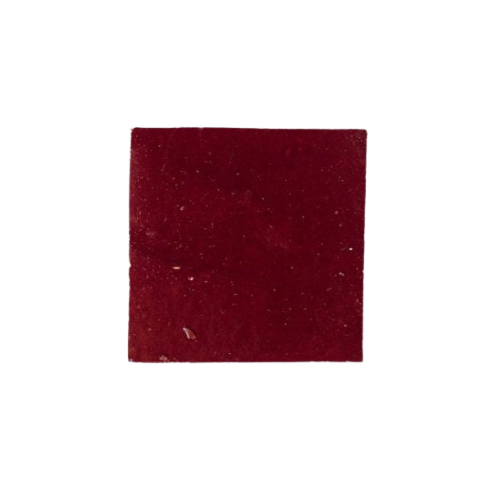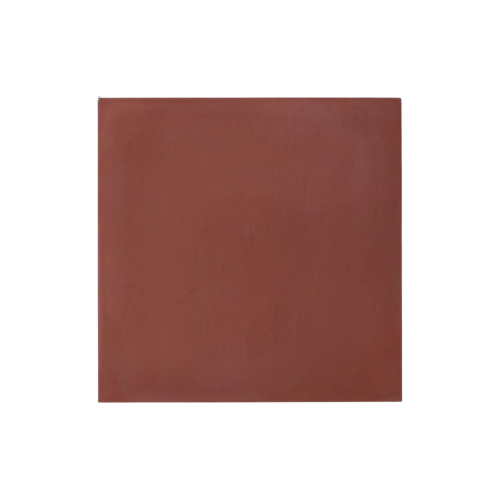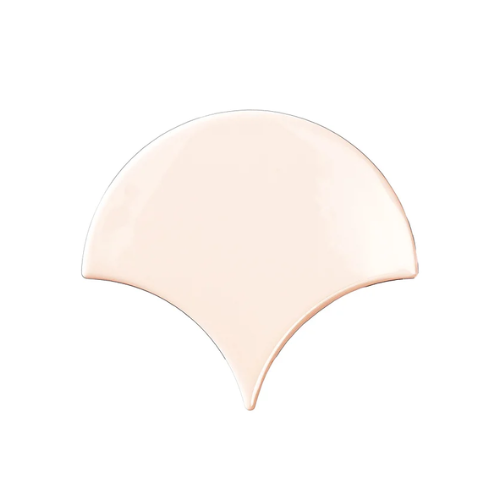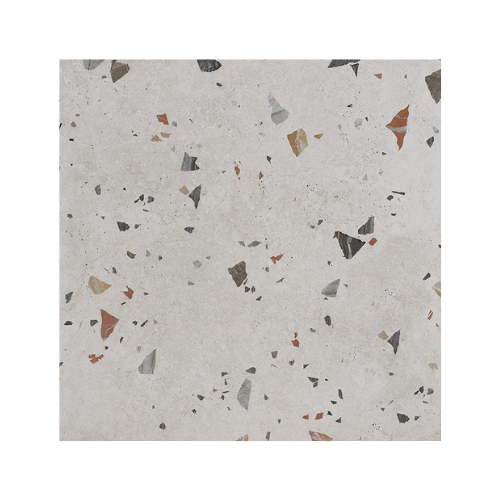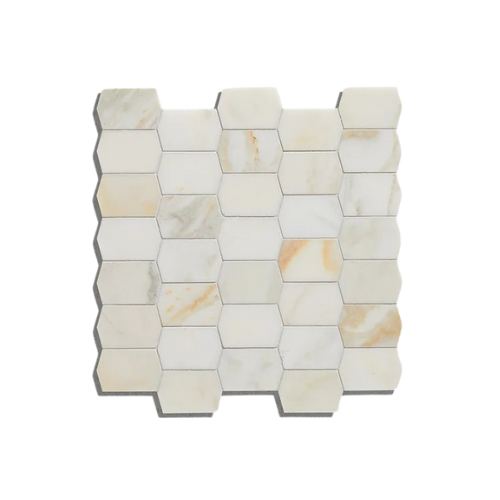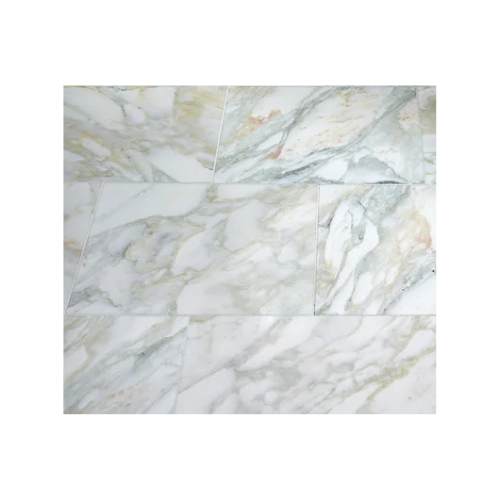Should You Match Bathroom Wall and Floor Tiles? In Short, No — And Here's Why
To match, or not to match. When it comes to your bathroom, it can be a make-or-break question.
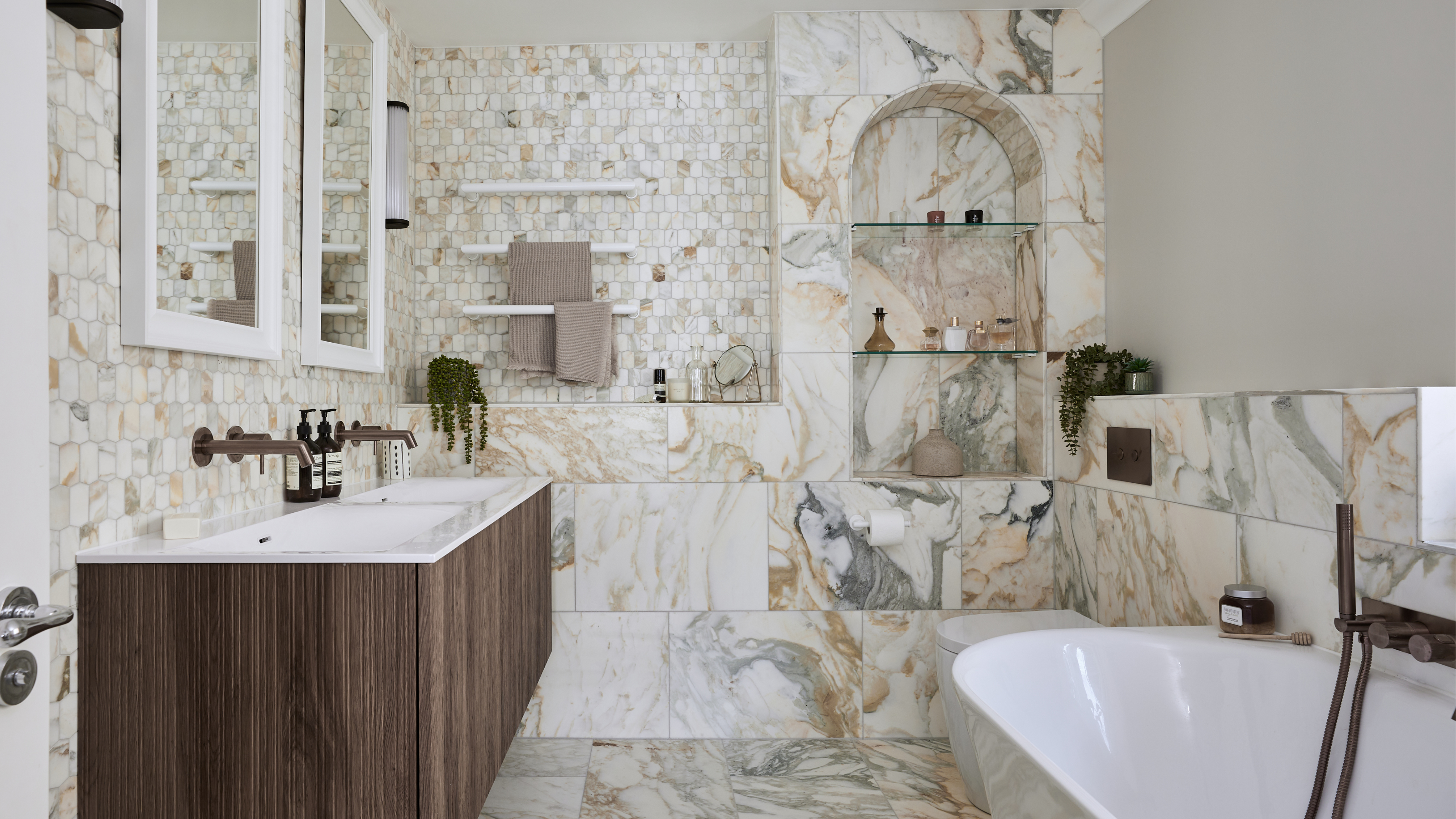

Your bathroom can be one of the most exciting rooms in the home to design, but also one of the most complicated. There's an endless list of questions you'll encounter throughout the process, from the fixtures you choose to the layout you decide on. Now, we may not be able to make all these decisions for you, but there is one question we're certainly equipped to answer — should your bathroom wall tiles match the floor?
It's a question that has stumped many for years now. With the consistently changing tide of bathroom tile trends, what may have seemed sleek and seamless a few years ago may now look outdated and tired, and this is precisely the case with this style of tiling. While the matching look was once the height of fashion, nowadays, experts favor a more complex, layered look that can only be achieved by mixing and matching different textures and finishes.
Tiling can be an expensive and time-intensive process, and it's not one you'll want to repeat after a year or two. So, making the right choice the first time round is always the best way to go, but sometimes it can be hard to make that decision alone. Luckily, our experts are more than willing to share their years of expertise and knowledge with us.
Should Your Bathroom Wall and Floors Match?
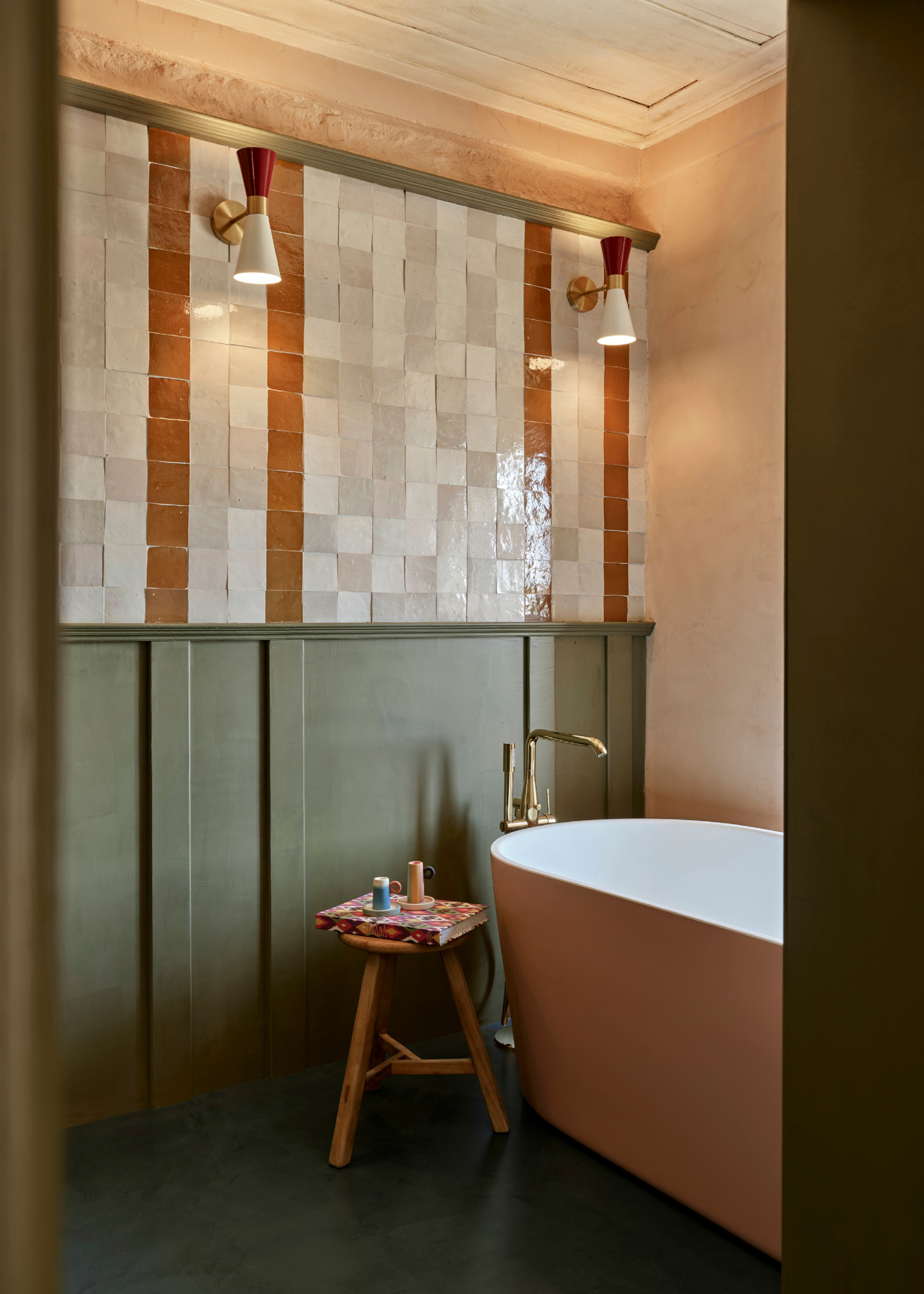
A zellige tile can make a bathroom pop, especially when used sparingly.
In short, no. They shouldn't. However, we know that answer isn't satisfying enough on its own, so let's delve a bit deeper into what the experts dislike about this all-encompassing tiling look.
Damla Turgot, from Otto Tiles, states, "There’s no rule that says your wall and floor tiles have to match. In fact, I’d go so far as to say the rule should be that they don’t!"
She continues, explaining, "Unless you’re deliberately color or pattern-drenching a bathroom, introducing contrast by mixing finishes, pattern, colour, or scale across walls and floors is one of the best ways to bring depth and personality to a space."
When you opt to use one tile across the entirety of your space, you run the risk of creating a monotonous, one-note design, devoid of all the complexity and visual interest you'd find in a stunning bathroom design. While this may seem intimidating at first, there are several design approaches you can hold in mind through the process to make it feel a little easier.
The Livingetc newsletters are your inside source for what’s shaping interiors now - and what’s next. Discover trend forecasts, smart style ideas, and curated shopping inspiration that brings design to life. Subscribe today and stay ahead of the curve.
"You don’t have to go wild; even a complementary tonal pairing can create a considered, design-led statement," Damla suggests.
This method enables you to create a color-drenched look, while adding textural interest and depth to the space, ensuring it never feels flat or boring.
Damla Turgut is the founder and creative director of Otto Tiles & Design, a brand that has redefined the tile industry with its bold, handcrafted collections. In 2014, alongside her brother, she founded Otto Tiles in Istanbul. A year later, she returned to London and officially launched Otto Tiles & Design, bringing her distinctive vision to a global audience. From the beginning, Damla was determined to move beyond mass-produced designs and instead champion the beauty of handmade, artisanal tiles.
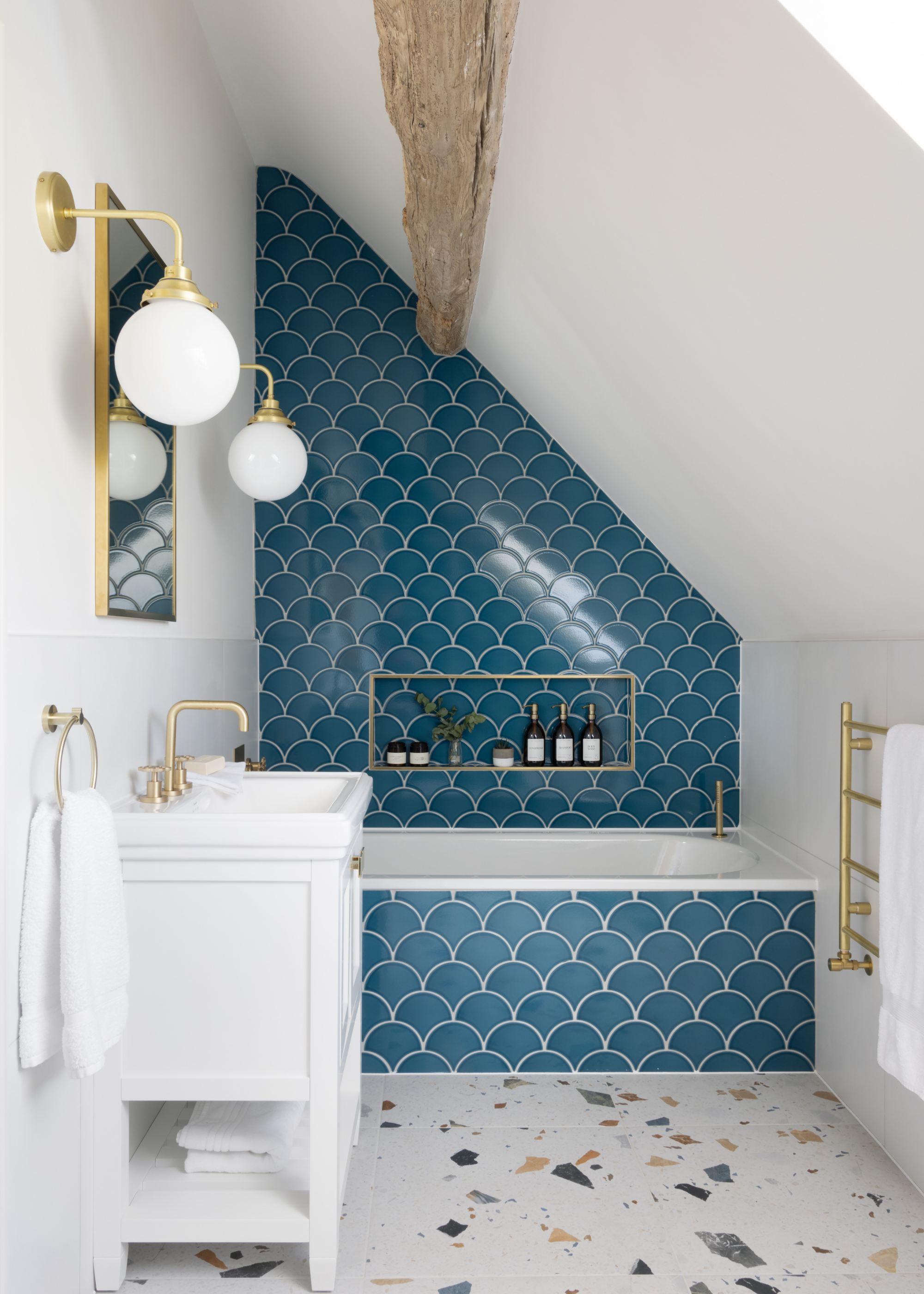
Using a terrazzo that features the same color as found on the wall tiles helps create a more cohesive look.
"In many of the bathrooms we design, contrast is key," says Louise Ashdown, head of design at West One Bathrooms.
In most spaces in our home, we're keen to introduce contrasting tones and patterns to create a more balanced design. So why should this not be the case in your bathroom?
Not only does using different tiles help to create more variation in the design, but when used carefully, they can also help to introduce some distinction between the separate areas of your space.
"Clients are increasingly asking for visual zoning, a way to highlight the shower enclosure or draw attention to a feature vanity," explains Louise. "Using different types of tiles lets you do that without changing the layout."
This can create a bold, sharp contrast between the shower and the toilet area, or a more subtle shift, such as a slightly darker tone or a different texture. "The most important thing is cohesion. That might come from staying within a single colour palette or repeating a material finish, even if the tiles themselves are different," Louise continues.
Maintaining some element of cohesion within your design, even when using contrasting tiles, is the key to creating a space that still feels relaxing.
Long regarded as Europe’s most illustrious and innovative supplier of bespoke luxury bathrooms, West One Bathrooms offers an industry renowned tailored sales and design service providing an end-to-end solution for clients. Established in London 1978, West One Bathrooms remains family run, currently in its third generation, and their experience in the industry allows for outstanding guidance and sourcing for the most beautiful bathrooms worldwide.
Are Matching Floor and Wall Tiles the Safer Option?
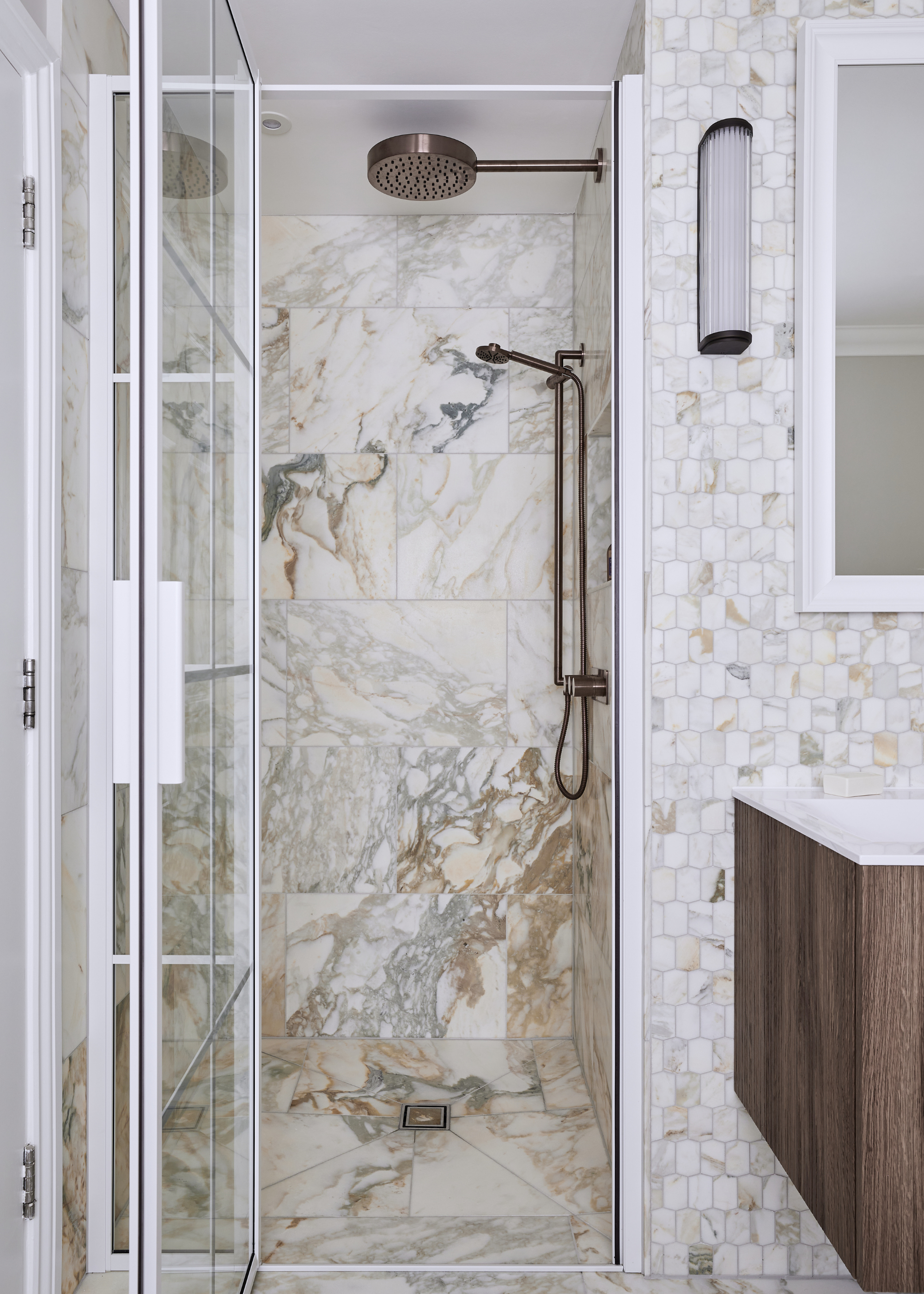
Using the same material in different formats can help build a more layered design.
"Matching wall and floor tiles might feel like the ‘safe’ option, but it’s not always the most exciting," adds Grazzie Wilson, head of creative at Ca’ Pietra.
There's something appealing about choosing the safer route, a design that won't push the limits, that you know will look good. You may have an image in your head of the perfect spa bathroom, and believe that the only way to achieve this is by picking one simple, neutral tile and using it across the entire room.
However, more often than not, this approach results in an uninspiring bathroom design and a wasted opportunity to bring some fun into your home.
"A bathroom is your chance to have a bit of fun, think layering pattern, mixing finishes, playing with scale. A bold checkerboard floor with soft, handmade-look wall tiles? Yes please. Or a richly veined porcelain on the walls paired with a more textured, grounding floor beneath? That’s where the magic happens," says Grazzie.
She continues, saying, "You don’t have to go loud to go layered; it could just be a shift in tone or sheen. It is these simple and small tweaks that add the character and stop the space feeling just a little bit too one-note."
With a legacy spanning 30 years, Ca Pietra blend time-honored techniques with boundless creativity, sourcing the finest materials from around the world to craft collections and bespoke creations that combine timeless elegance with contemporary flair. From statement-making splashbacks to exquisite stone staircases, their in-house workshop offers a myriad of materials, thoughtfully curated for projects of any size or scale.
Tile Drenching the Right Way
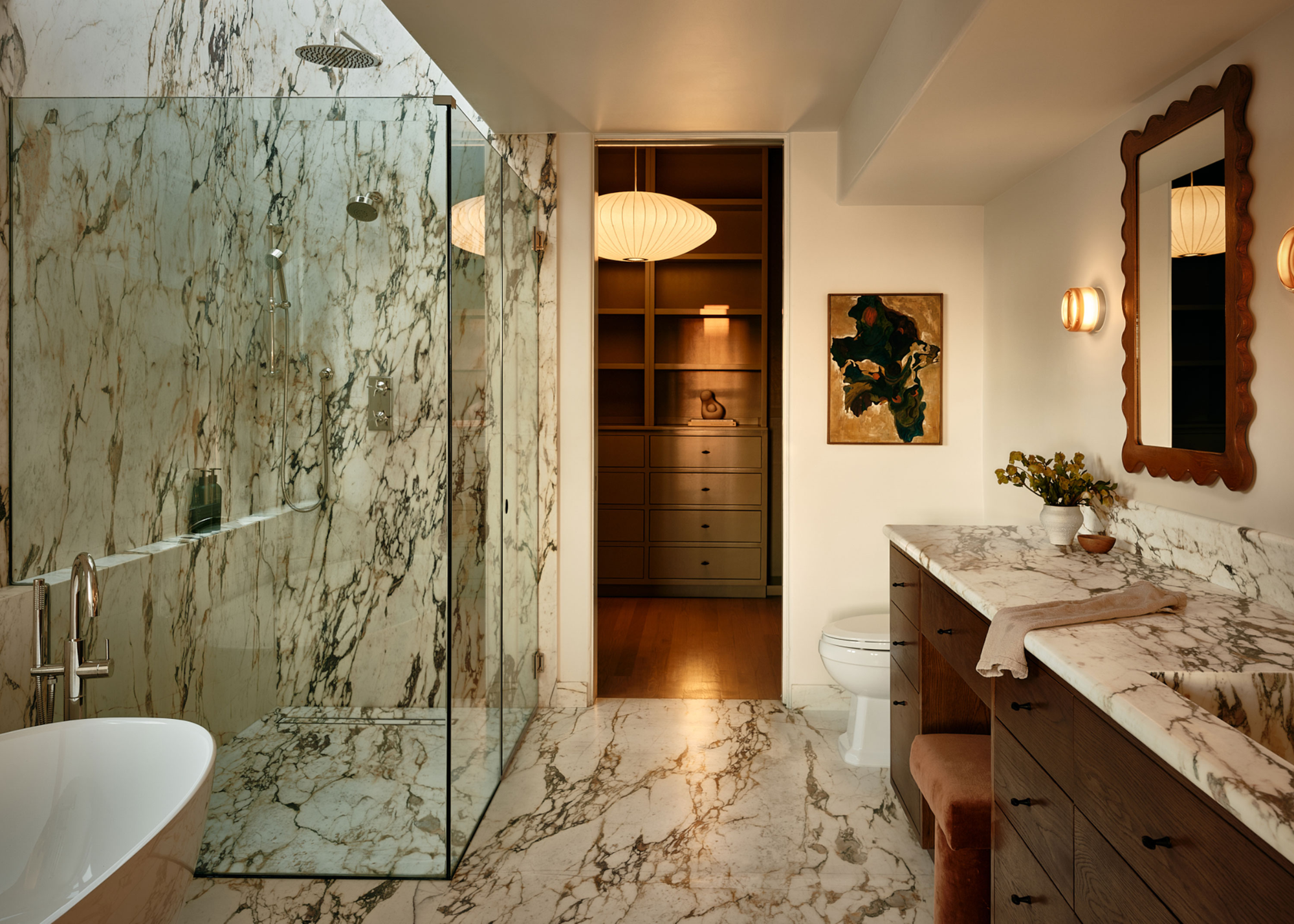
Using large format marble tiles can create a super luxe feel in your bathroom.
As Damla mentioned, when you're attempting to create a tile-drenched space, the prior rules do not apply.
With this trend, the all-encompassing feel is the desired effect, so sticking with one type of tile is crucial for accurately achieving this style. This can be particularly effective in smaller bathrooms, when using one type of tile throughout can help create the illusion of more space.
Additionally, when executed well, using only one type of tile can create a sleek, refined look. As Louise says, "There is a timeless elegance in using the same tile across both walls and floors, especially in luxurious materials like marble or travertine, as it can make a space feel refined and enveloping."
However, this design works best when using a high-quality, beautiful natural material. When done with a more affordable option, it can often make your whole bathroom look cheap.
So, the experts agree, you most certainly don't have to match your bathroom wall tiles to the floor. However, this doesn't mean you cannot.
Interior design is inherently personal, so if this style appeals to you, then by all means, go for it. If you need more tiling inspiration, consider browsing through some of our favorite zellige tile bathroom ideas.
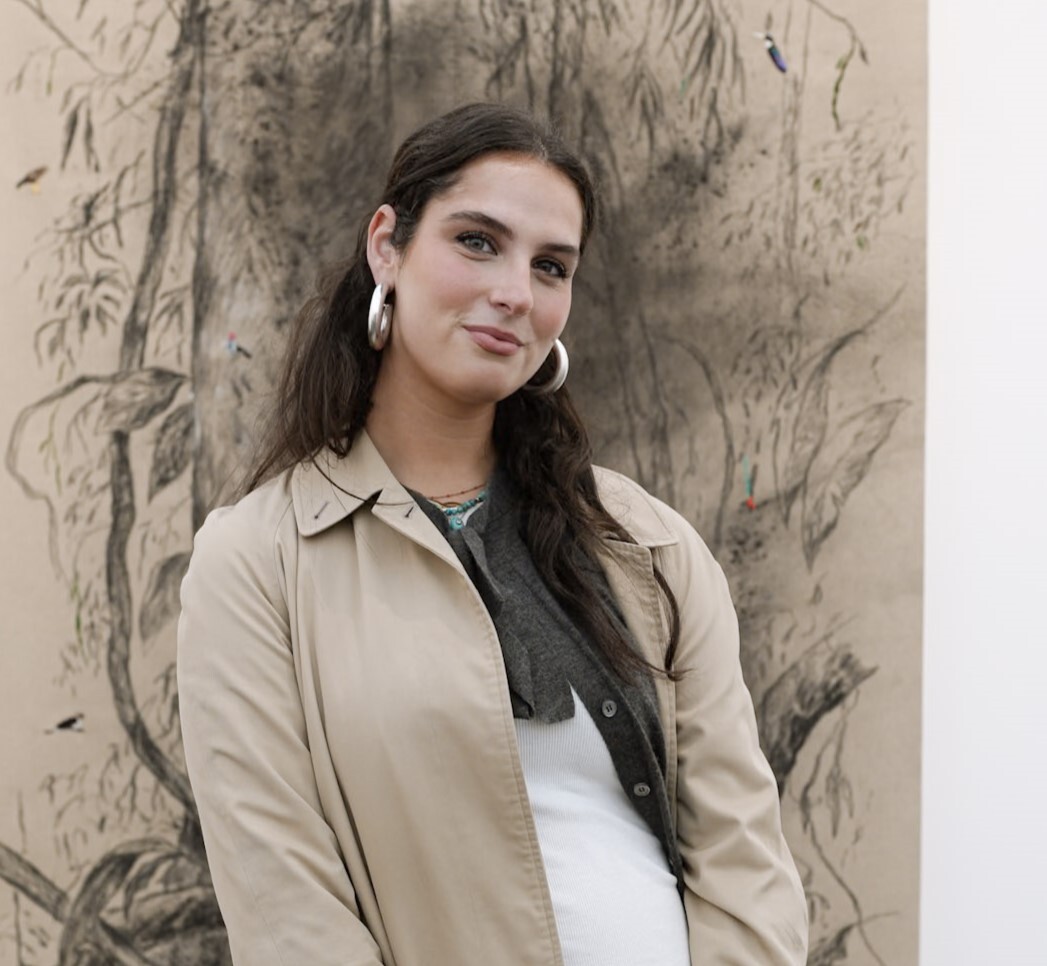
Maya Glantz is a Design Writer at Livingetc, covering all things bathrooms and kitchens. Her background in Art History informed her love of the aesthetic world, and she believes in the importance of finding beauty in the everyday. She recently graduated from City University with a Masters Degree in Magazine Journalism, during which she gained experience writing for various publications, including the Evening Standard. A lover of mid-century style, she can be found endlessly adding to her dream home Pinterest board.
